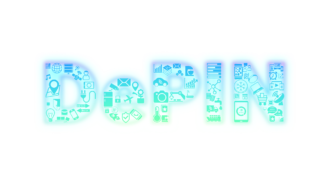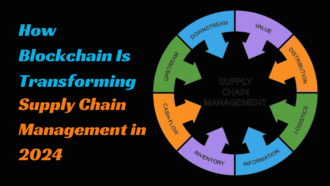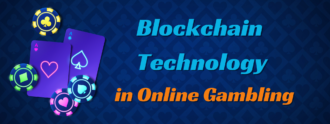Navigating with Blockchain Explorers
Transparency and accessibility of blockchain data is considered one of the merits of the technology. Thanks to a blockchain explorer, each and every crypto user with access to the internet can peek into any network’s inner workings and verify the initiated transaction status as well as analyze everything that is happening inside the protocol.
With that, let’s discover how explorers can be used and what value they bring to crypto holders, traders, and developers.
What exactly is a blockchain explorer

Blockchain or block explorer is merely an interface that could be an app or a website displaying to a certain extent data that lives on a particular network. For that purpose, these applications have to run blockchain at the backend.
For instance, arguably the most used ETH application, Etherescan, obtains all the necessary information from Ethereum nodes and organizes that data in a neat easy-to-navigate webpage for everyone to use.
Different protocols have their own dedicated scanners that may display the data in different formats to an extent where some websites will provide more information than others.
Regardless of the type of data represented on this or that blockchain explorer, all of them will have a dashboard with particularly important stats and separate tabs showing an in-depth overview of various aspects of a protocol.
What information you can find on a block explorer
To demonstrate how users can navigate different scanners, let’s take a NEAR Protocol Explorer by GetBlock as an example.
GetBlock is an accessible node service provider that helps to establish connections with various networks to crypto product developers and general crypto users via APIs. The team hosts nodes to more than 50 protocols, Bitcoin, Arbitrum, Sui, and Ethereum nodes included.
Due to having direct access to self-maintained nodes, GetBlock uses the opportunity to extract data from blockchains and pack it into explorers so that every crypto enthusiast has accurate network data available.
Search bar
A search box is arguably the most widely used component of every blockchain explorer. By providing a piece of information to a search box area, you can fetch all data related.
Feed it with a wallet address, transaction ID (TxID/ hash), or the number of a stand-alone block to access a detailed overview of any of the given.
As for transactions, the website will display the time and date of an operation, addresses involved, the block it was included in, fees applied, and a receipt with logs, arguments, and more specifications.
Token economics
The main dashboard of Near scanner will display the native token’s current value in USD and BTC, price action, capitalization, burned tokens, and market dominance. Some explorers also have a chart with gas fee dynamics.
Overall status of the network
Explorers come in handy to see the number of nodes currently active on the blockchain, accounts, block count, and TPS (transactions per second) along with some other analytics.
For users, it’s easy to evaluate the overall health of the chain and see the current activity at a glance.
Data specific to a protocol
Depending on the type of the protocol, various websites will provide different analytics. Since Ethereum nodes support smart contract creation, Etherscan will provide a list of verified contracts in all the details.
In the case of Near Explorer, the following information is given:
- Validator node activity up to the amounts staked per validator or in total;
- Block-by-block stats involving all included transactions, the size of a block, and gas limits;
- Separate account addresses with balances and a full history of operations;
- Transaction pool from the latest up to the first ever made on the network.
All these instruments are valuable for researchers and investors to analyze every aspect of the specific network.
More about GetBlock
Blockchain Explorers is a nice add-on to GetBlock’s services, which mainly focus on RPC endpoint maintenance for developers to integrate Web3 functionality into their applications and average crypto users to gain direct access to network-related data.
With shared and dedicated node services accessible at free and paid plans in its suite, GetBlock can power both low-budget startups and enterprises with its infrastructure solutions: no need to hassle about running your own node.
Summing up
Navigating the raw network data provided by nodes is not the easiest way to read the insides of the protocol. Blockchain explorers will aid in getting insightful information on any given network completely for free. However, if you’re an experienced user, GetBlock’s nodes will provide you with a gateway to 50+ chains in a few short clicks.

















